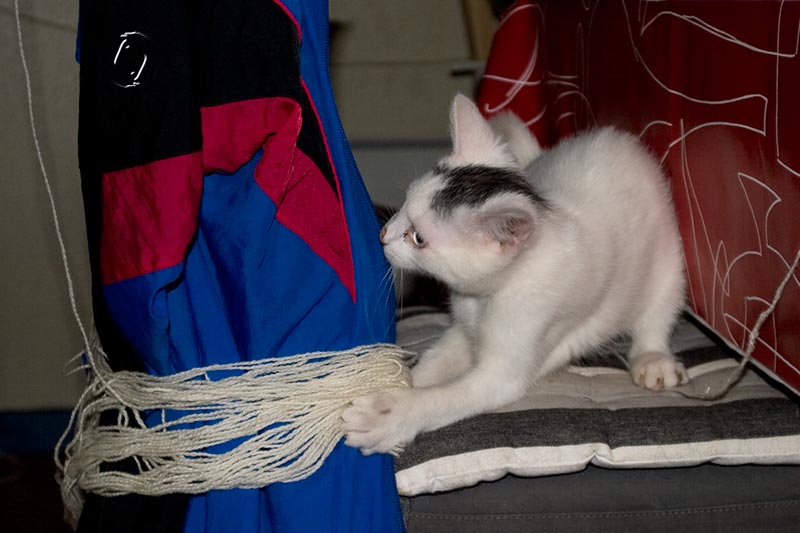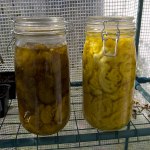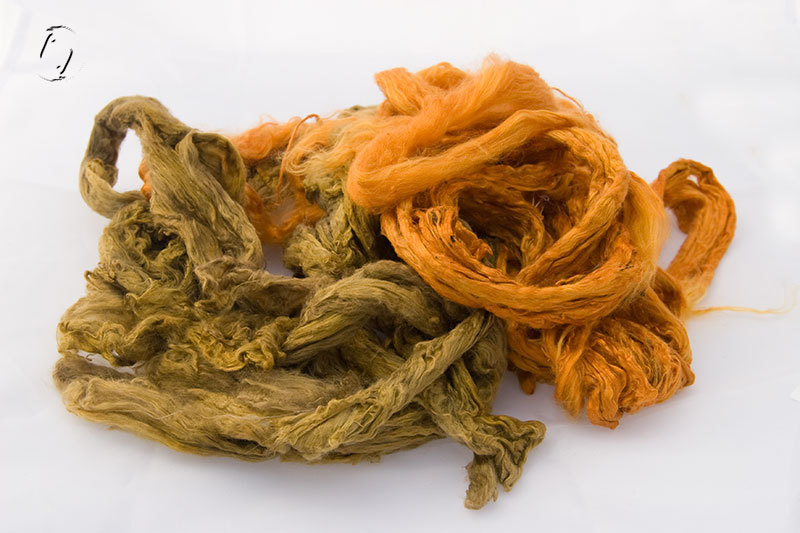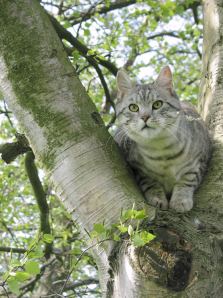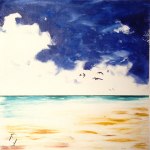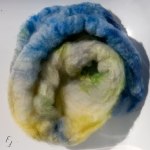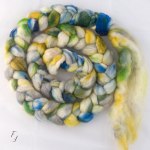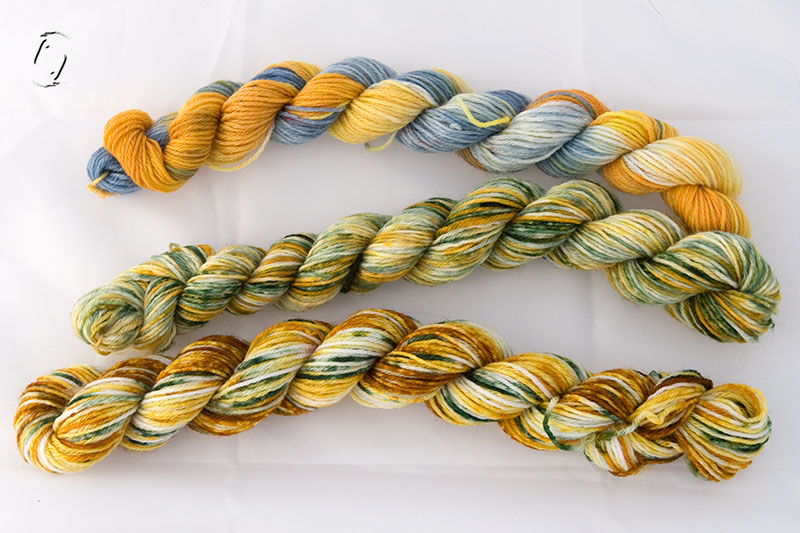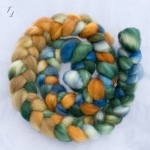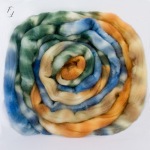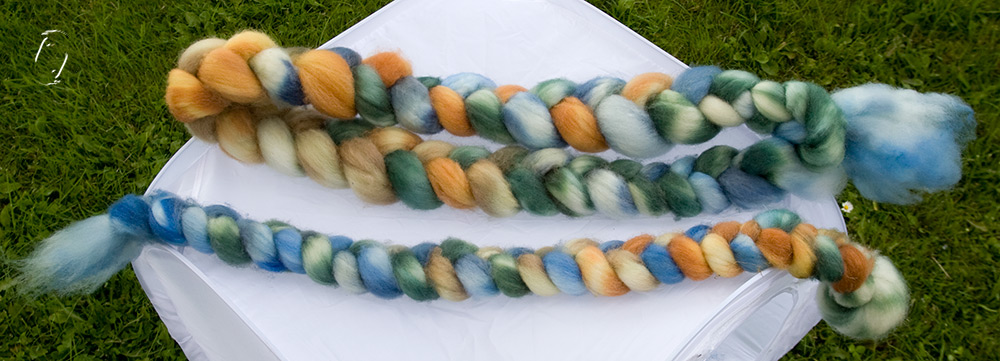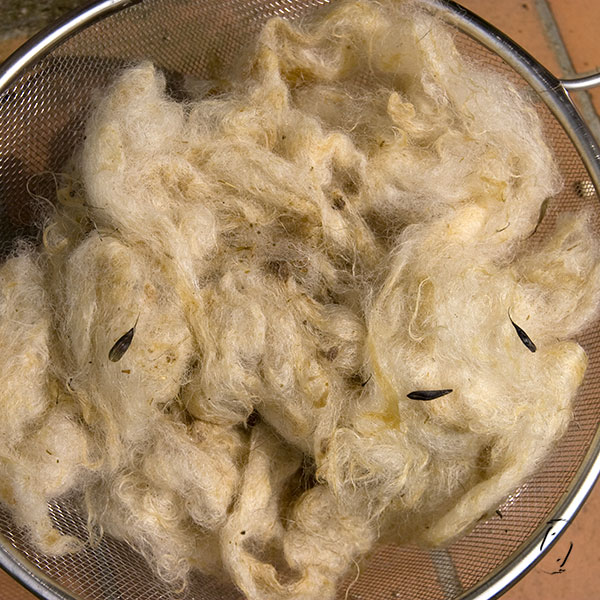No privet berries this year, and not a lot of elderberries either, so I thought I’d boil the ones I had for drinking and add some to a couple of jars, sugar, yes, no idea what that’ll do. It’s said that alkaline gives green, vinegar gives red and salt gives blue, now, did I really want to “waste” 3 whole skeins? Nah – we makes smaller ones I think.
As it turned out, my juicer-steamer thing got too full, so I cooked 500 g. of clusters in a pot and strained for the dye, no sugar.
They say silk dyes well with berries (they as in a book I read), but I did not have any mordanted silk ready. Also to try is tin mordant mentioned in a book. That is, if these are any good.
I’ve been told that cold dyeing with berries works better, as usual it’s not proper cold since the liquid has been heated to extract the juice, but the really cold method will have to be when I actually have an abundance in berries.
pH of the jars today are: Juice: 3, vinegar: 1, pot ash: 10, salt: 7 (just to try a different pH, and yes, I know I haven’t tried 3). I’ll leave them for about a week, that’s what I did with the beetroot.
I didn’t think straight to use rain water, like I normally do, our tap water is hard but neutral in pH.
Since I don’t have any yarnpix yet, here’s one of my little helper making mini skeins. Well, he’s involved in the process, anyway. With my “lovely” tablecloth for dyeing on the dinner table 😉
â Leave a Comment
Hyldebær
Jeg kunne ikke lige nære mig for at prøve bær igen, bare på nogen små fed, da jeg havde læst at det går bedre med kold-farvning. Dvs. jeg har ikke fået så mange bær i år, så det blev bare fra en enkelt portion i saftkogeren. En anden gang vil jeg prøve at bare smide det hele i en spand nogen uger.
Små fed med hhv eddike, potaske og salt i skal stå en uges tid og glo. Det fungerede fint med rødbede, bare garnet ikke skal stå midt i solen bagefter.
Glemte at bruge regnvand, sådan kan det gå når man har for mange jern i ilden og en killing at trampe på.
Eftersom jeg ikke har garnbilleder endnu, har jeg et af min lille hjælper som laver minifed. Og min fine røde garnfarvevoksdug til spisebordet. 😀

